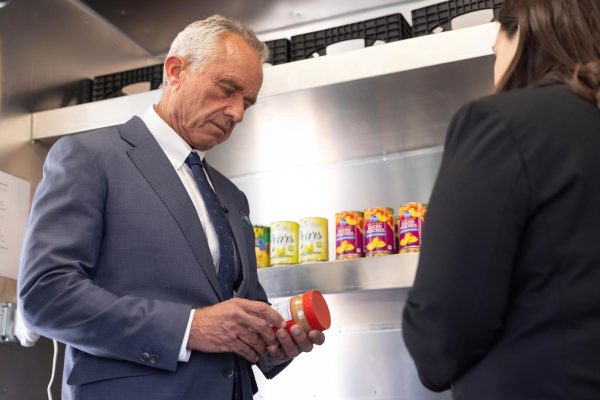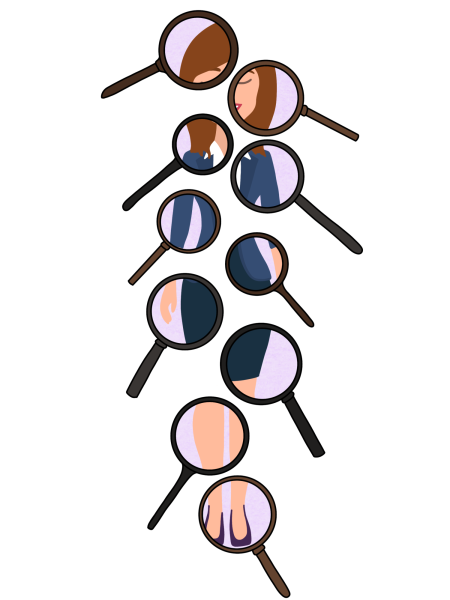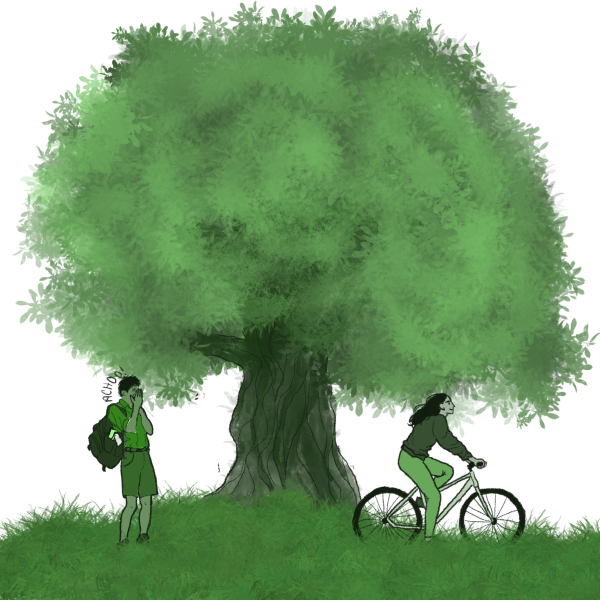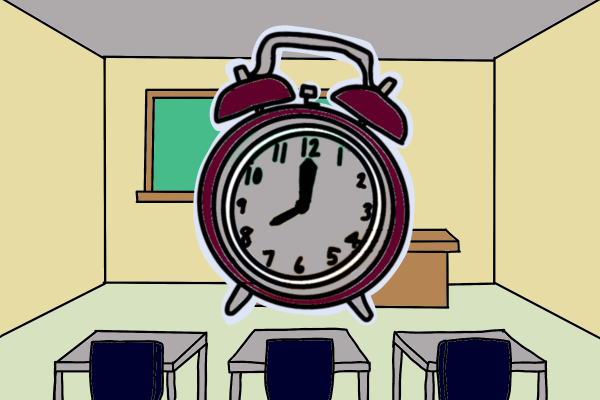Intramural Sports: The Best Activity for First-Year Students
I owe much of the success of my first year at Colgate to the institution of intramural sports. Entering college, I received a hefty amount of advice revolving around personal choices. I was instructed to focus on diverse areas, to branch out, to dip my feet in new waters and search for the elusive identity a college degree supposedly provides. I’ve certainly heeded such urgings, but in the end, I’ve found my highest degree of enjoyment in my arena of comfort: sports.
Intramural sports, in my mind, combine a variety of necessary success factors. Principal among these are stress-relief, competitive cultivation and social togetherness, in addition to the obvious benefits of exercise, which help to foster community in the face of unfamiliar circumstances. The start of college is a uniquely challenging time; few parents, friends, or relatives choose to include that fact within their fond collegiate recountings. On a bright Sunday in September, however, I chose to take a chance. In anticipation of an intramural basketball tournament scheduled for that afternoon, I knocked on doors, summoned acquaintances from my dorm floor and assembled a basketball team.
We called ourselves the “Bricklayers”, after a basketball slang term that pokes fun at a poor shot that fails to hit the rim. Our expectations were low, as each of us had only recently met. We had no illusions about our hasty assemblage. We were just some guys – learning on the fly – attempting to figure college out.
Later that day, the newly established Bricklayers competed, and the unifying powers of sports worked their uncanny brand of magic: somehow, we reached the finals. For me, this was a turning point in the early days of college navigation, simply because I had a ton of fun. It didn’t go any deeper than that. On the court, I felt like a kid again, a welcome contrast from the past few weeks, which had suddenly forced me to think like an adult. Later, with common interest in tow, the Bricklayers changed their name to the “Spoons” and expanded to intramural flag football, establishing a relentlessly active Instagram account and inviting fellow students to watch our games. These steps were repeated for the 5v5 winter basketball league and indoor soccer league, which our team finished with a championship victory and a resulting batch of free t-shirts.
Were these extra efforts, these social media profiles and fan recruitments, at all necessary? Absolutely not. Or maybe so. Reflection has forced me to consider the latter. The camaraderie we established was the medicine to the change-driven insecurity of first-year fall. We chose to pour ourselves into a low-stakes environment because it provided some sort of unexplainable comfort. Everyone subscribed, and over time, our self-conceived intramural ridiculousness receded my stresses.
Before arriving at Colgate, I’d never had so much schoolwork, and since kindergarten, I hadn’t been forced to acutely forge new friendships. I’m fortunate that such challenges are conventional for new college students, yet when foraging through their midst, any refuge feels like a lifeline. That’s why squeezing all the competition and potential for shenanigans from intramural sports was so integral to my sense of belonging. I, along with my teammates and eventual close friends, was subconsciously working hard to foster a community. And it worked.
In addition, the Colgate intramural program, as aligned with that of most other schools, harbors both “A” and “B” divisions. This is an intelligent setup for a variety of reasons. First, competitive diversity provides a divide between washed-up, yet still passionate, athletes like myself and my teammates, and those less focused on intensity. As a result of this system, everything seems to fall into place, and all participants are well suited to benefit from the continuities I discussed above.
It goes without saying that intramural sports aren’t the answer to everyone’s problems. Similarly, advice to college first-years to “find your outlet” is widely circulated, and approaching cliché status. What I hope I’ve demonstrated is that intramural sports cover a wide range of bases, causal factors that influence personal happiness and belonging in an unfamiliar environment. College kids are overworked, stressed and malnourished, and intramurals provide the perfect antidote for the darker sides of college life. Above all supposed clinical benefits, sports are fun. It’s that simple.

Eli Metzger is a senior from Chappaqua, N.Y., majoring in English. He has previously served as a writer for the commentary section. On campus, he hosts...








